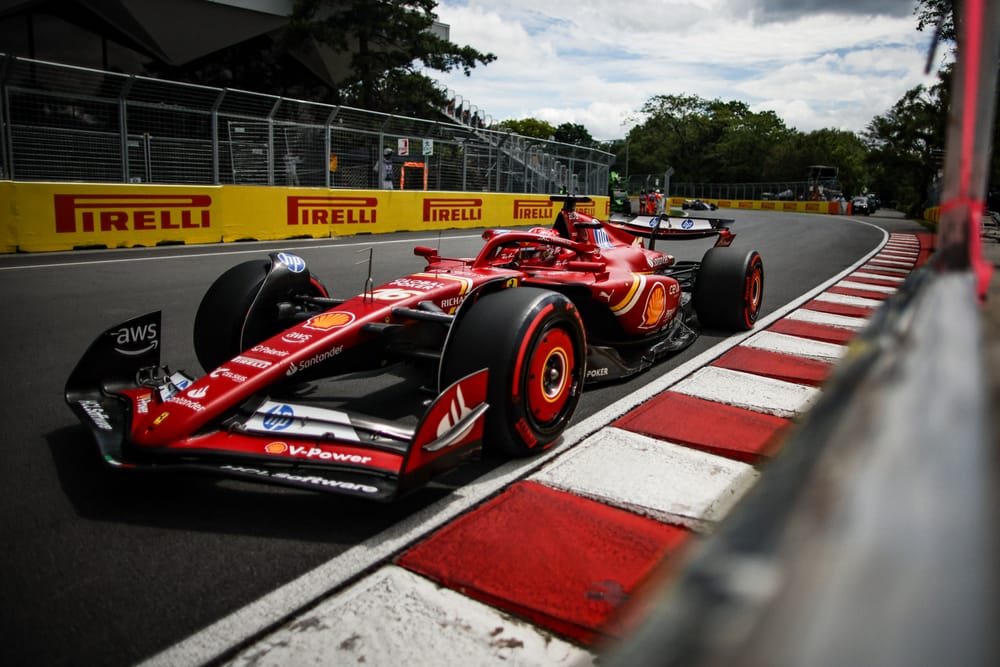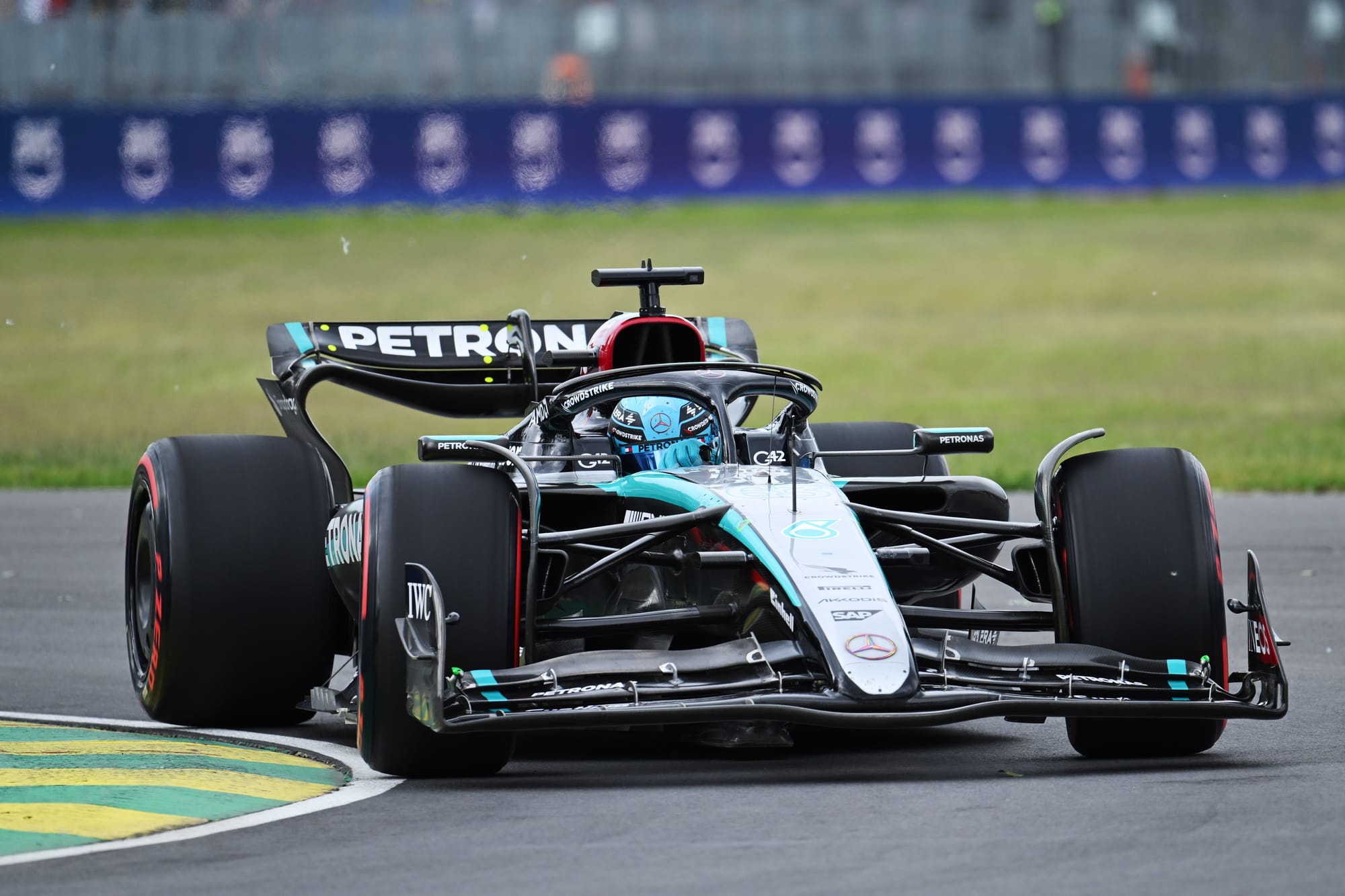Up Next

Ferrari came into the Canadian Grand Prix weekend tipped by many as hot favourite to make it back-to-back Formula 1 victories in 2024, following Charles Leclerc’s breakthrough success in Monaco.
But after failing to get either car through to Q3 in Montreal, it now looks like even a podium finish is likely beyond reach.
Leclerc was predictably reticent to accept that ‘favourites’ tag on Thursday, before running got under way on the resurfaced Montreal circuit, though he was predicting “we will be very closely matched with McLaren and Red Bull”.
As it turned out, Mercedes was 1-2 in Q2, Leclerc was almost a second off eventual poleman George Russell’s pace in that segment, and Ferrari was outqualified by the Aston Martins, both RBs and Alex Albon’s Williams.
What Leclerc was right about is that it was an incredibly tight battle.
The Mercedes were well clear in Q2, a surprise in itself, but between Max Verstappen (who went on to miss pole in a dead heat with Russell) in seventh and Carlos Sainz in 12th there was a spread of less than two tenths.
The question is - why did Ferrari end up so uncharacteristically on the wrong side of that spread?
SURPRISING LACK OF PACE
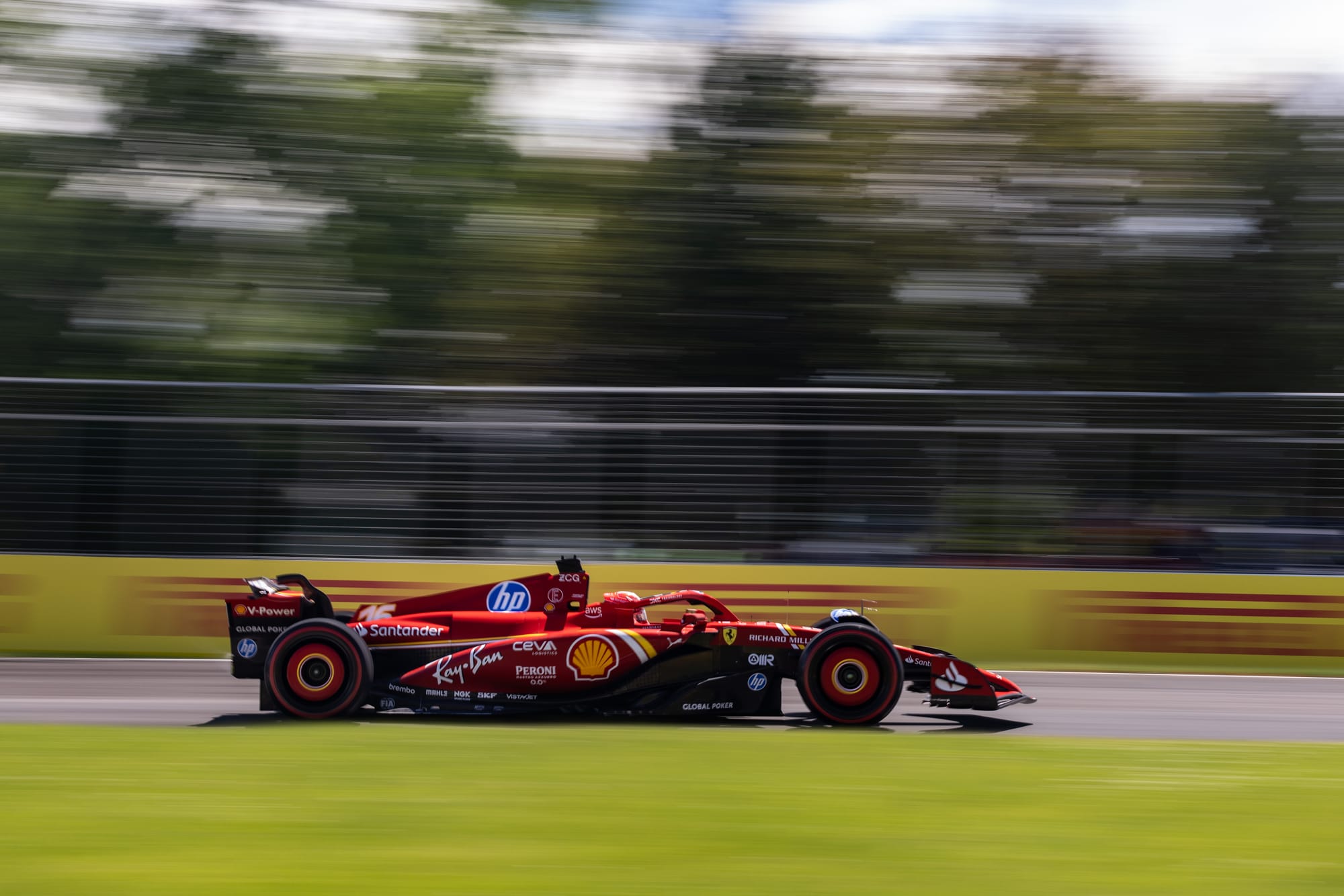
Friday was basically an unrepresentative near-washout, but final practice on Saturday was a full hour of dry running and already there were warning signs for Ferrari.
Leclerc was eight tenths off the pace in that session and complaining over the radio that his Ferrari was “just slow”. That surprising lack of speed persisted into qualifying.
“We are just not fast enough and unfortunately that’s it,” Leclerc said. “In FP3 we were nowhere in the dry. In qualifying we were nowhere in the dry as well.
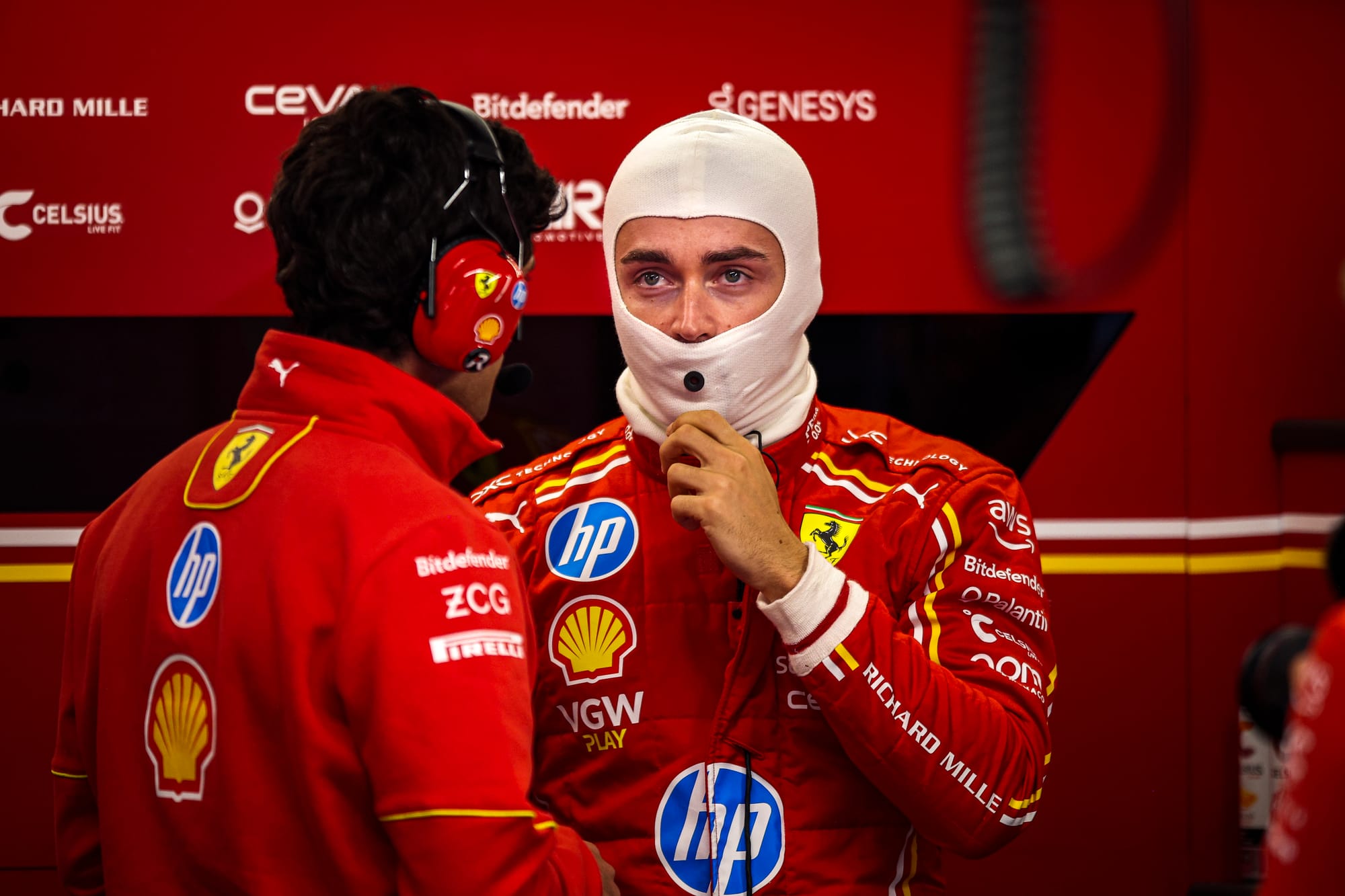
“I don’t have any explanations for now. In FP3 we already felt that something was wrong. We couldn’t see what was wrong and that was exactly the same in qualifying, where it definitely felt like something was wrong but nothing we could see was wrong.
“The grip was just extremely poor, in the first sector especially, and then once you slide in the first sector it’s a snowball effect and you never really get the performance out of the car.
“Very surprising. I did not expect that and it’s obviously disappointing.”
FERRARI'S INITIAL THEORIES
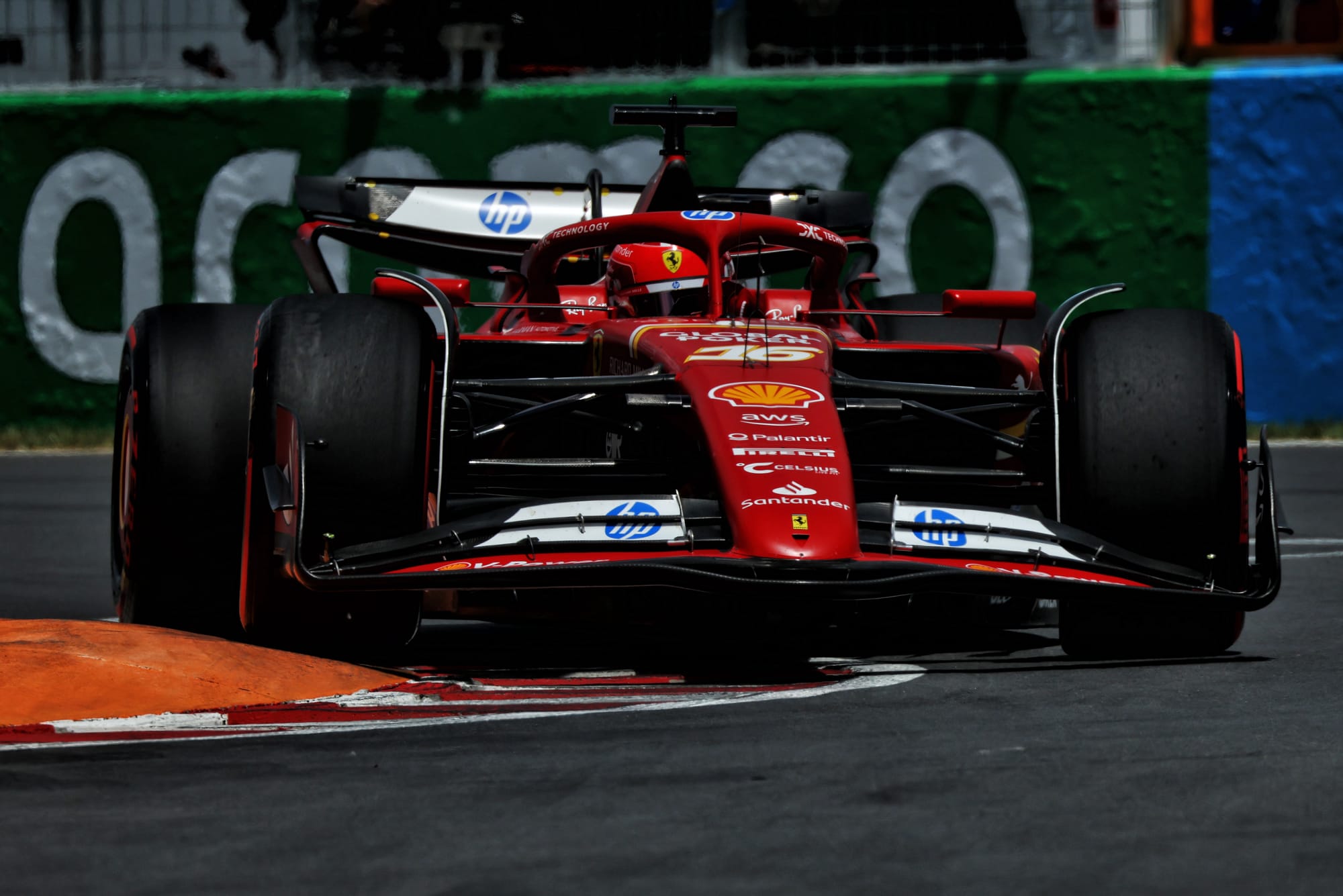
Ferrari is undoubtedly in a much better place than it was at this race 12 months ago - which actually was one of its better races with what for most of the first part of 2023 was a very difficult car to work with.
The 2024 Ferrari has been deliberately conceived as a less peaky, more benign car that is easier to drive and biased more towards race pace and efficient tyre management than pure one-lap speed.
In that context you might expect Ferrari to not necessarily be in the fight for pole, but row six of the grid is obviously too far of an offset regardless considering how evenly matched it's been with the McLarens (third and fourth here) and Verstappen's Red Bull at previous races.
But creating a car that is kind to the tyres inevitably creates problems with tyre warm-up - we’ve seen it many times over the past two seasons with Red Bull struggling to get the fronts in particular fired up properly for a single lap - and it seems that has caught Ferrari out in Canada.
A smooth, resurfaced track and cold conditions have combined with a car that simply hasn’t been able to fire up the C5 Pirelli fronts correctly.
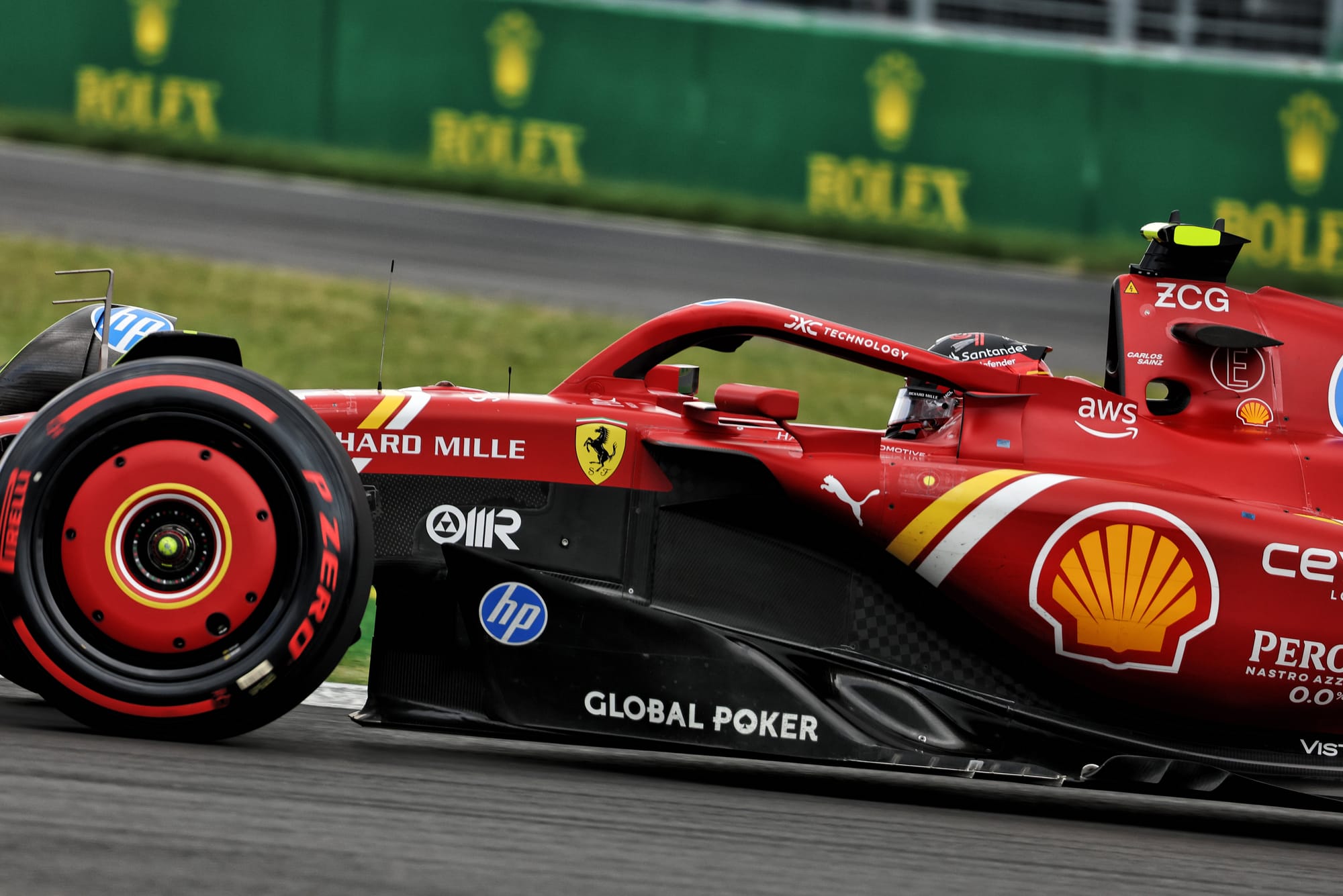
“The pace was OK yesterday [Friday] on both conditions, wet and dry, and we struggled a bit more from this morning to switch on the tyres for Turn 1,” explained Ferrari team boss Fred Vasseur. “We're losing more than 50% of the gap in Turn 1.”
Sainz confirmed the Ferrari is “lacking grip” in Canada and also “our ride doesn’t look as good as it did in Monaco”.
AN ADDITIONAL OWN GOAL
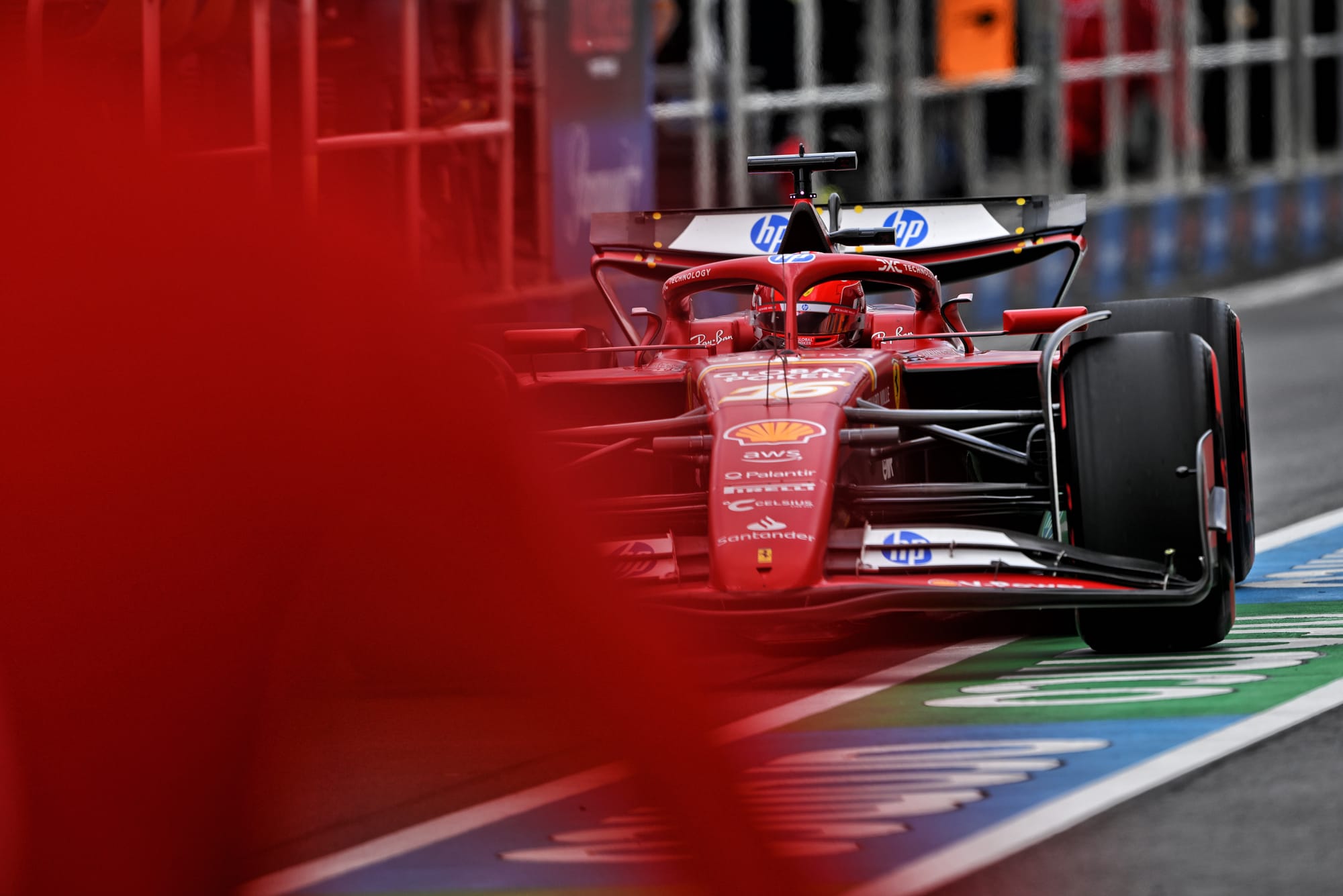
Another knock-on effect from the track surface being so new, in combination with the weather being so mixed, was that grip levels started off low and improved drastically in the early part of qualifying as more rubber was laid down.
That meant even frontrunning teams were burning through extra sets of new soft compound Pirellis in order to secure safe passage to Q2.
In order to ensure a new set of tyres was still available for Q3, most teams had to progress through Q2 with only a single new-tyre run.
That wasn’t as bad as it might otherwise have been, because the low-grip surface and cold conditions meant it was possible to do competitive laptimes on used rubber.
That said, it still made sense to have your best set of boots available for the very end of the session when the track would be at its theoretical best in terms of available grip.
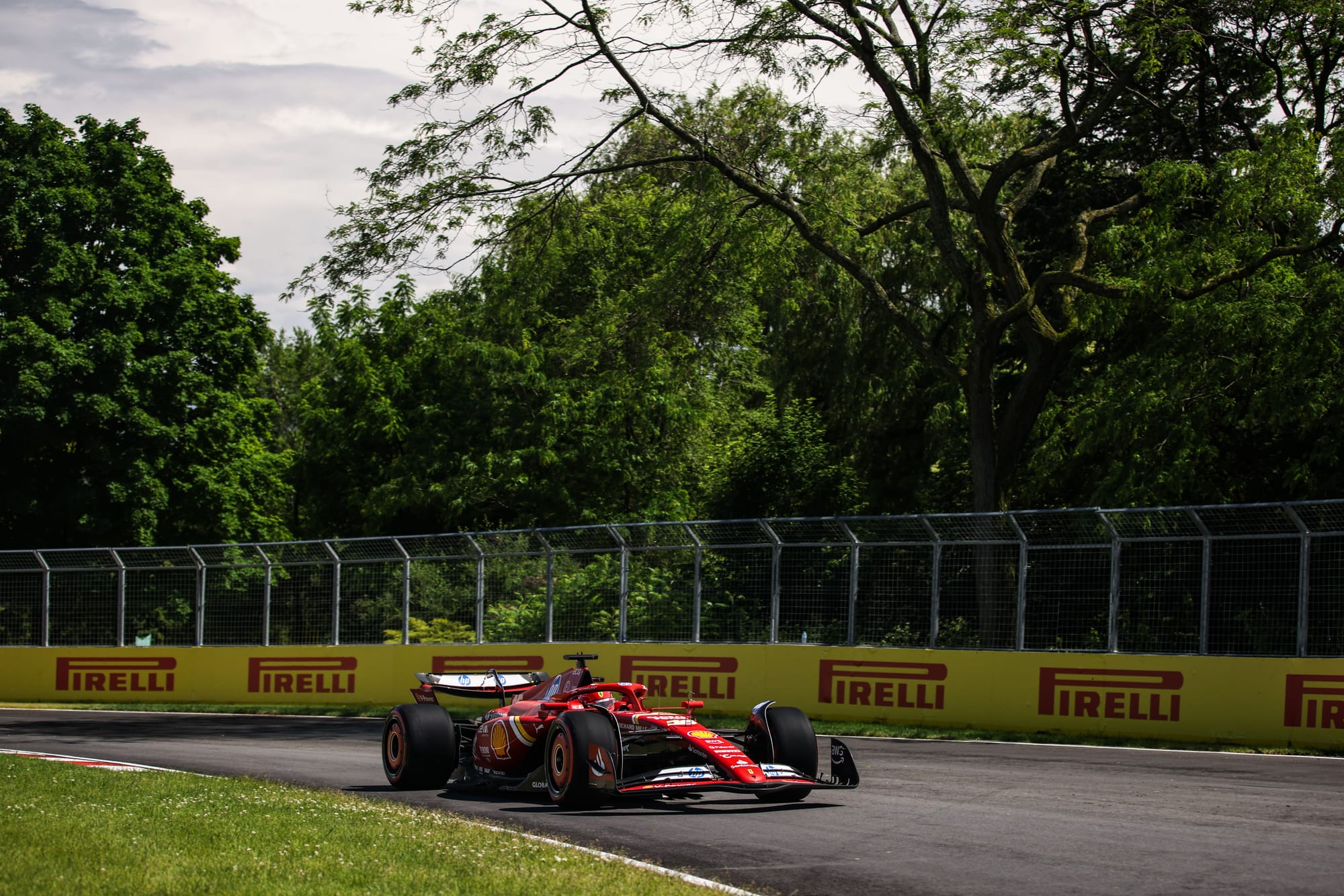
But Ferrari didn’t play Q2 in this way. Ferrari made what Vasseur called a "50/50" call to send its drivers out on new rubber for their first runs in Q2, leaving them both on old tyres for the business end of that session.
Sainz explained to Sky Sports F1 that this decision was made because Ferrari mistakenly feared rain would disrupt the end of Q2 and so the track would be better earlier on.
This is not the first time Ferrari has been caught out by misjudging mixed weather reports in qualifying - and Leclerc in particular seemed aggrieved at this latest error of judgment, saying repeatedly it was something he needed to review with the team.
A COSTLY MISTAKE
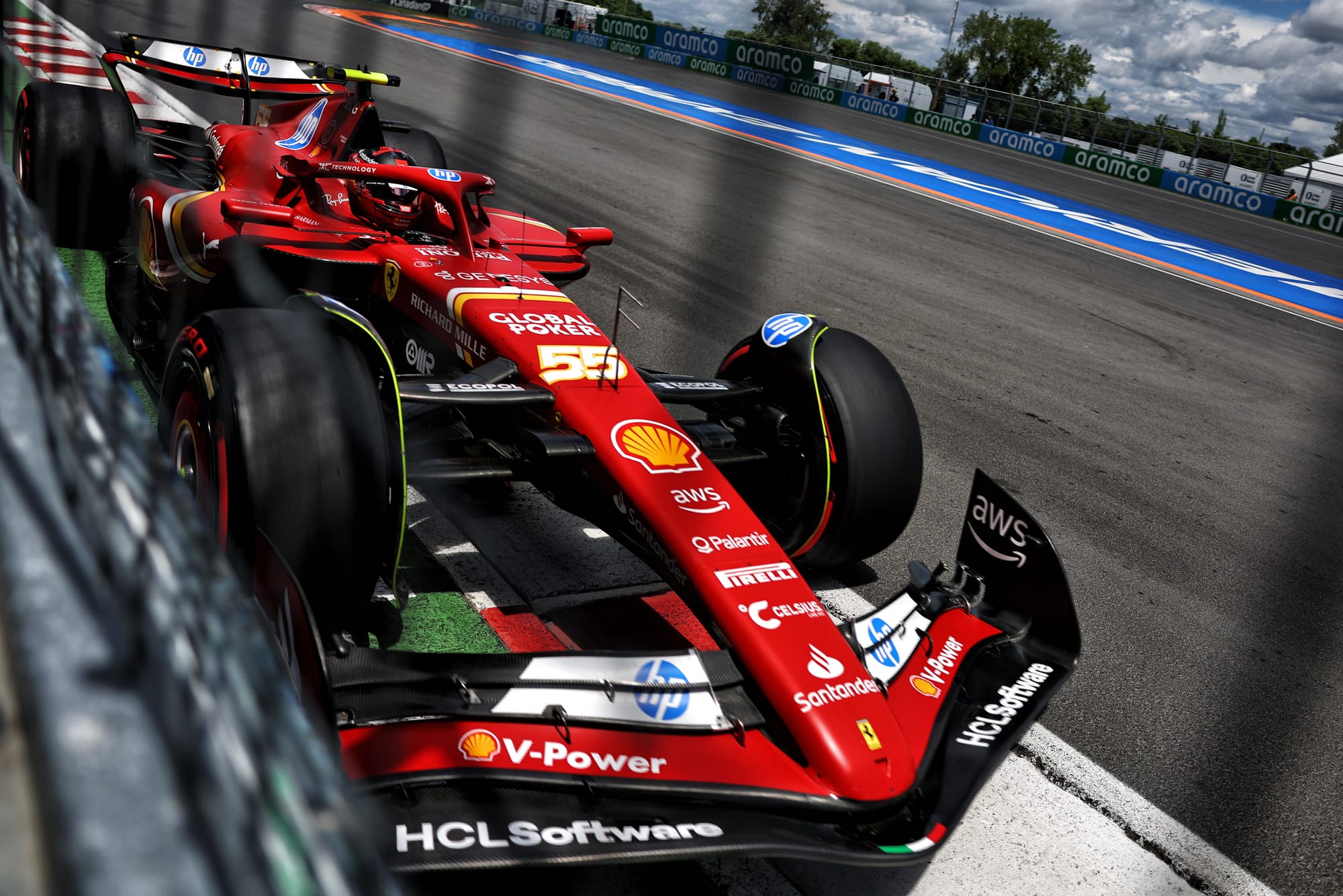
Leclerc’s acute disappointment will no doubt be founded on a sense that with an extra edge of grip available from new tyres, even allowing for Ferrari’s general struggles here, he could have easily found the four or so hundredths of a second needed to progress to Q3 - at which point, as an eventual top seven covered by 0.280s showed, anything was possible.
Vasseur revealed Sainz was actually “three tenths faster than Charles in the last corner and made a mistake” - so without that error Ferrari would definitely have had one car in Q3 and potentially then at least in the fight to be in the top six on the grid.
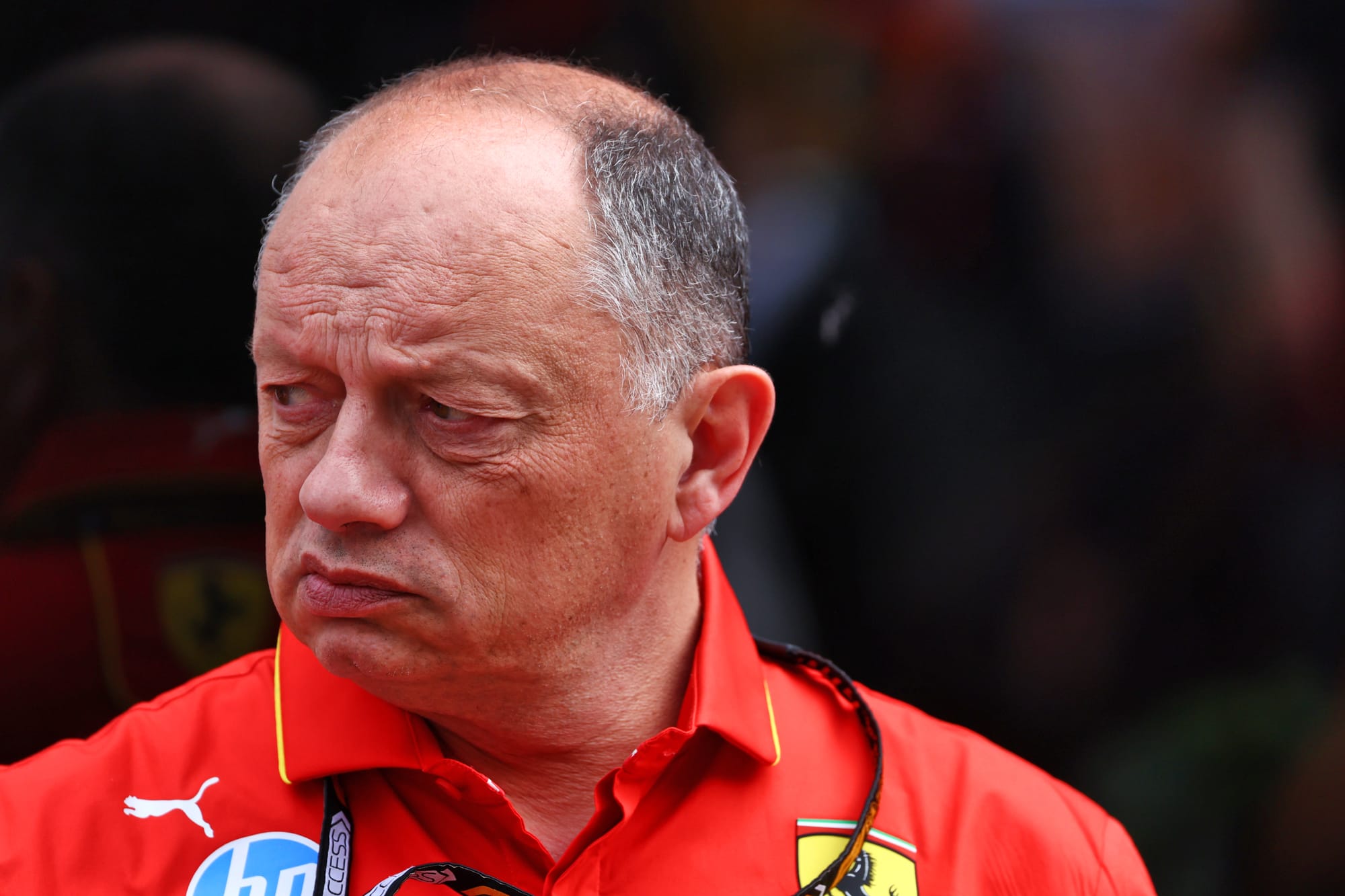
“It is like it is. We have to be pleased with the fact that the fight is so tight,” added Vasseur, who also made a point of highlighting Sergio Perez’s second consecutive Q1 exit in the car that leads the constructors’ championship as further evidence of how easy it now is to fall the wrong side in marginal situations.
“For sure when you're 11th and 12th you're not happy. We'll push and we'll be back again. We have to come back stronger next time.”
Another emerging pattern is that neither Ferrari nor Red Bull has been as relatively competitive as they were early in the season since updating their cars at Imola, while McLaren and now Mercedes have really come on strong.
Could it be that Ferrari and Red Bull have also engineered themselves into some trouble as the competition heats up?

